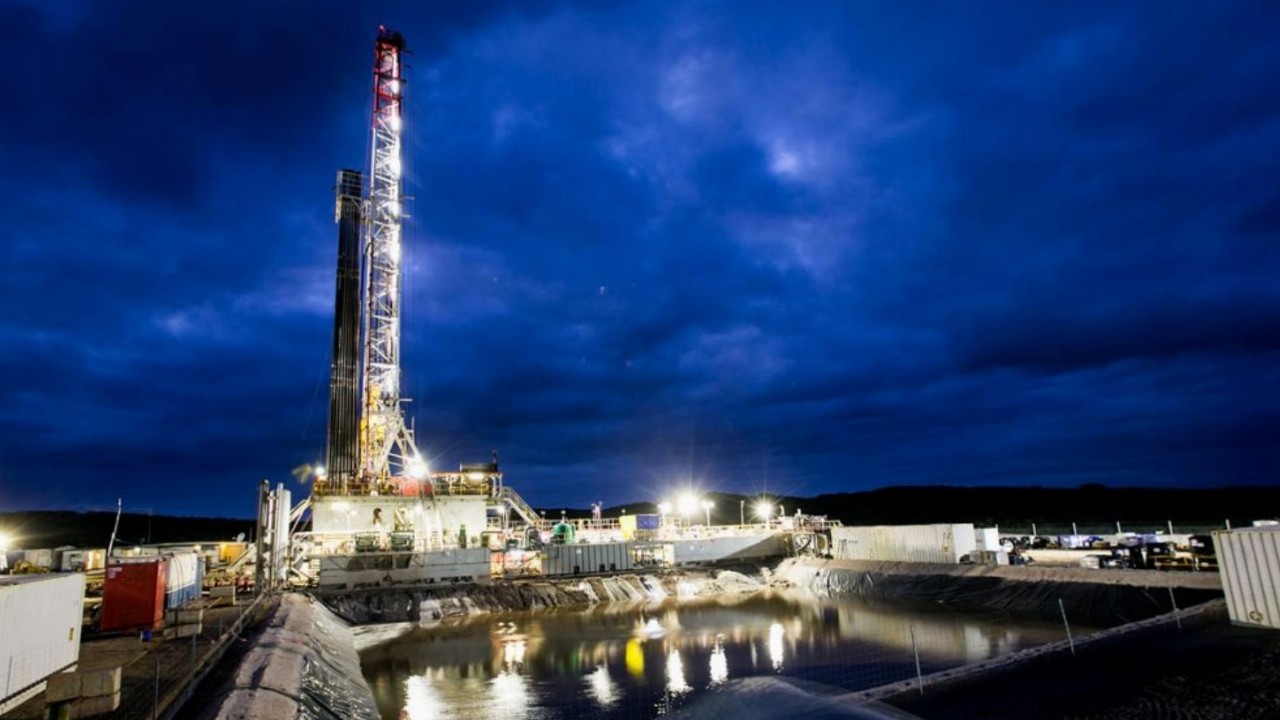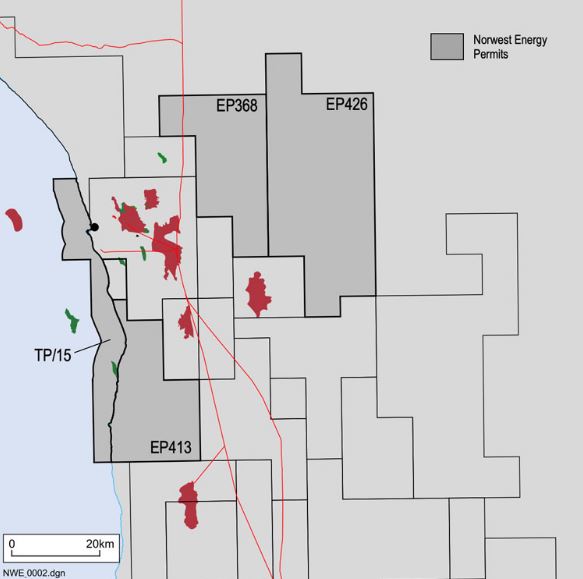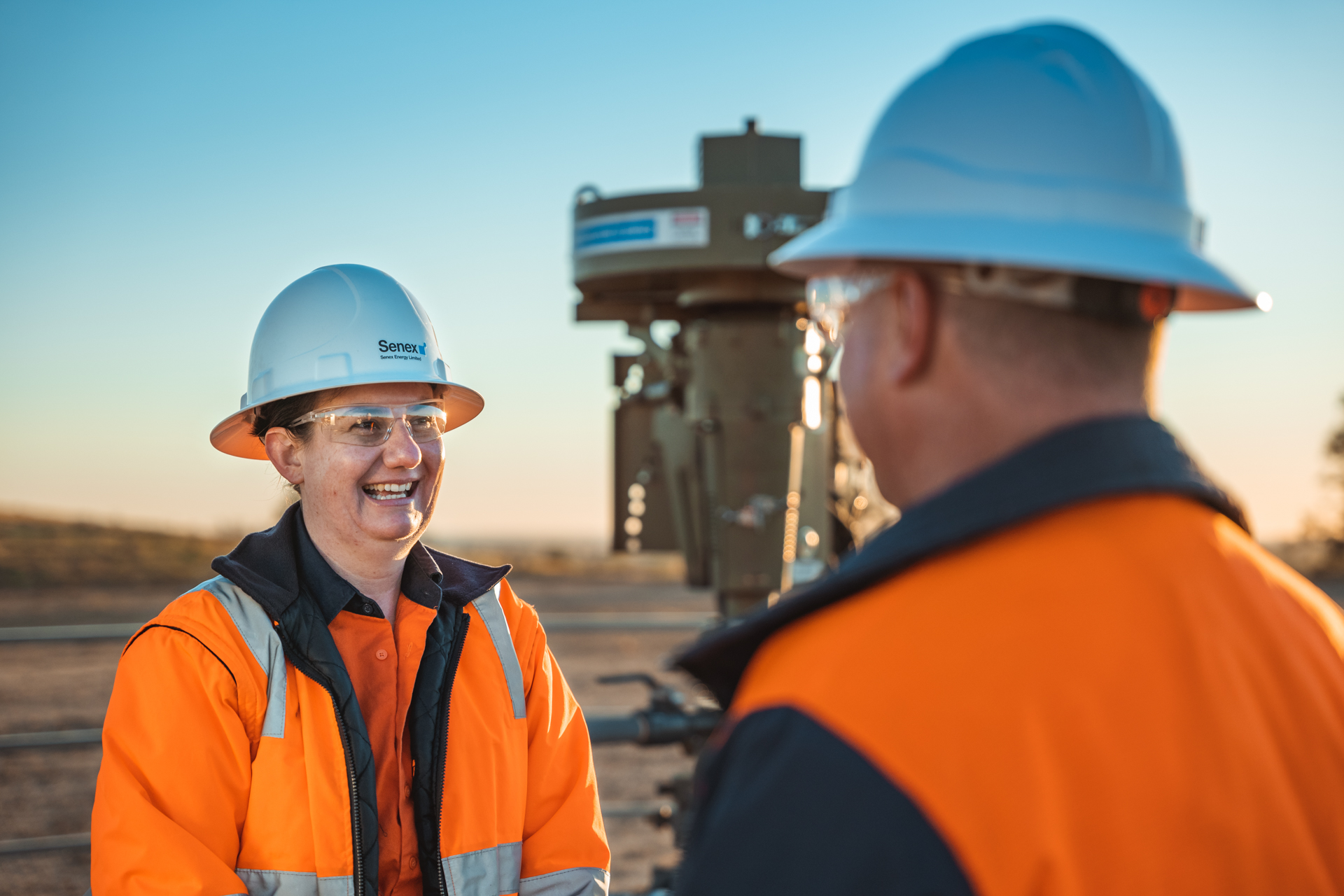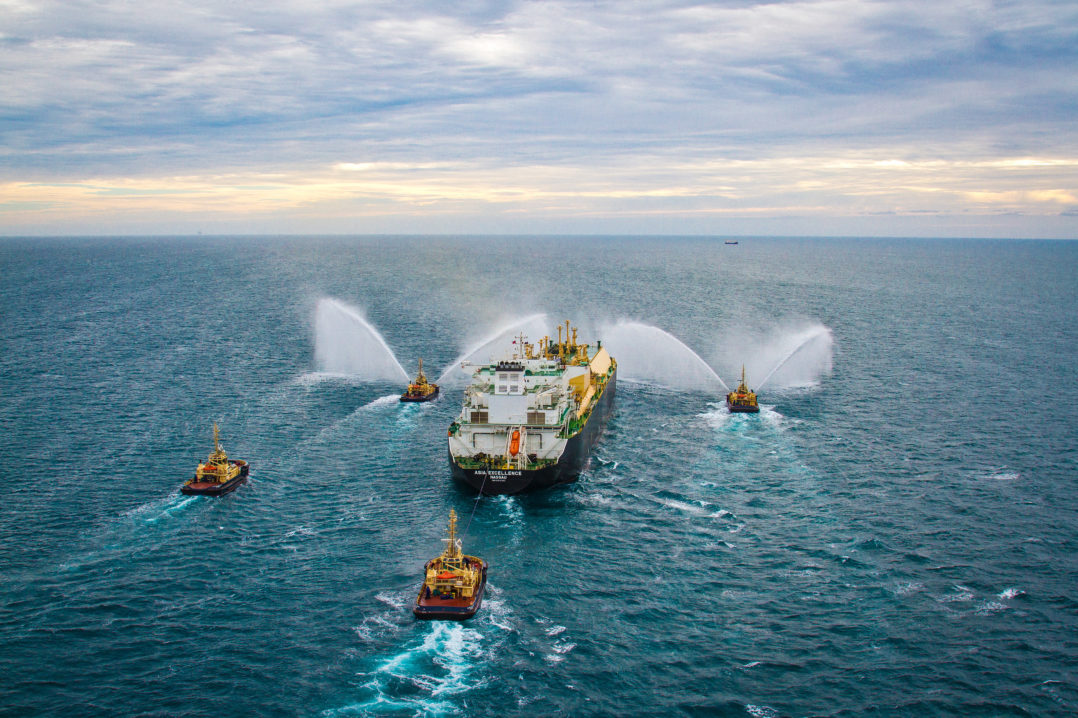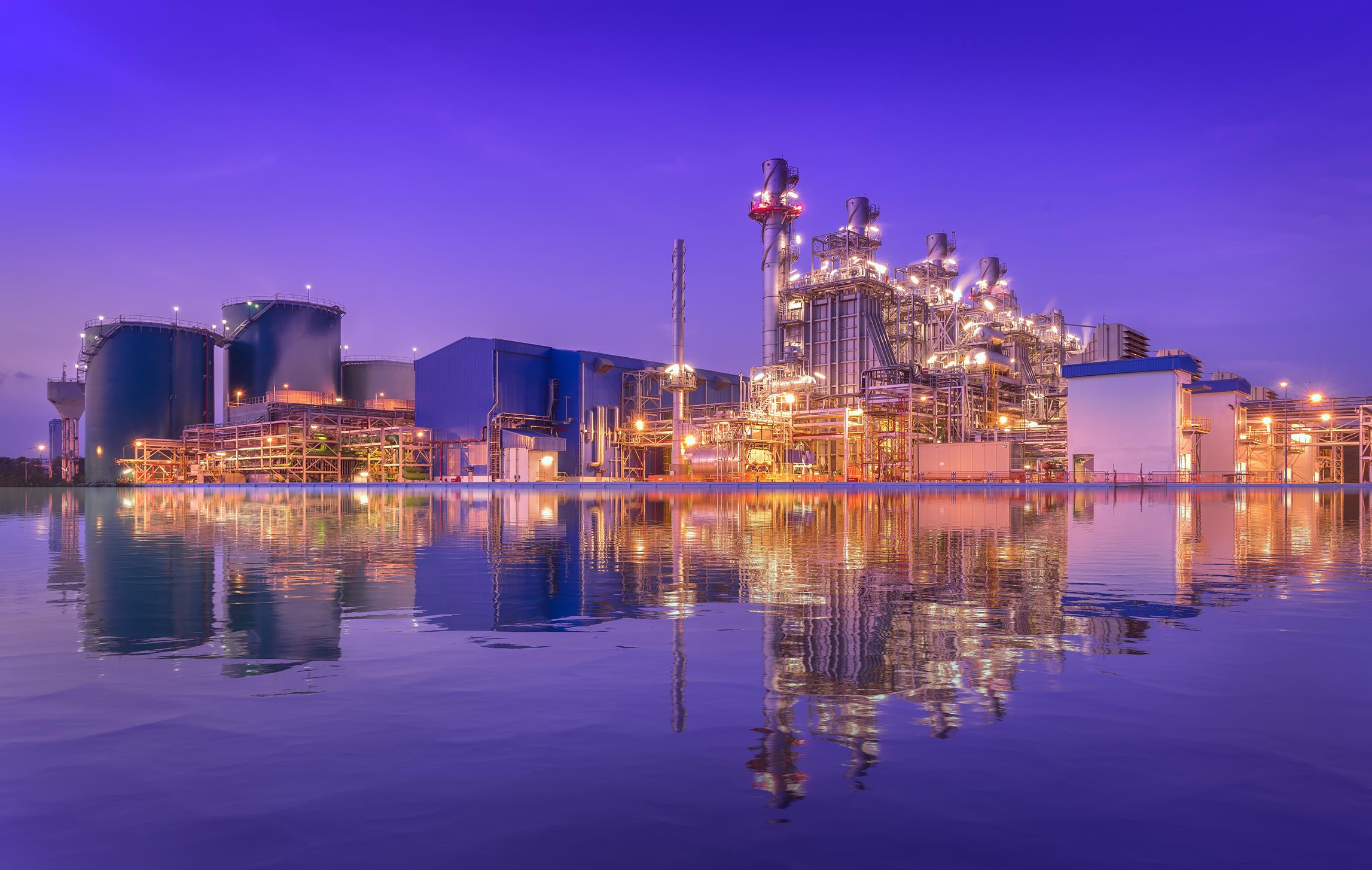The Lockyer Deep-1 conventional gas discovery well in the Perth Basin has been frustrated by cementing issues during casing, but Norwest Energy remains confident that operations will confirm “one of the highest deliverability onshore gas reservoirs in Australian history”.
In an update the Perth-based explorer said the 5-1/2″ production casing was run from surface to Total Depth, but during casing operations the cement was not displaced into the annulus, due to a suspected wiper plug held up in the casing hanger.
This resulted in the cement remaining within the 5-1/2” production casing, with only minimal cement in the production annulus. The cement wiper plugs and cement were being milled out to attain well access and re-cement the production casing for future completion and production testing.
The Ensign 970 rig will remain on location to progress the milling operation while additional milling equipment, if required, is being sourced.
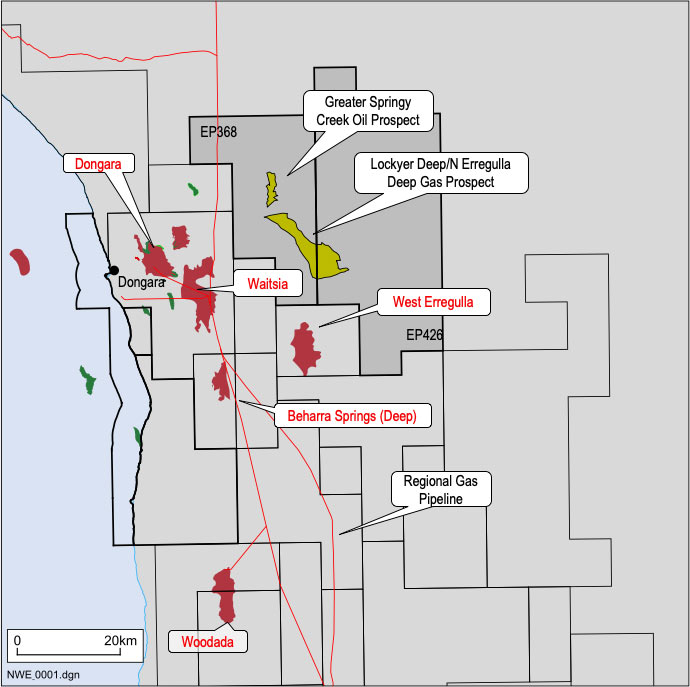
Norwest said the delay to well completion was not expected to affect the timing of production testing of the Kingia Sandstone reservoir, for which required test equipment was being procured and mobilised.
The company said that costs for drilling the well remained within the budgeted A$14.5 million, but additional time and equipment for completion would likely result in additional costs to the joint venture, which were not expected to exceed A$5 million (NWE share being up to A$1 million).
Norwest said it remained adequately funded to complete remedial works, conduct the production test and complete the planned 3D and 2D seismic programs as a precursor to future appraisal and exploration programs.
Norwest Energy Managing Director, Iain Smith, commented: “While this operational event is a frustration, we do not anticipate a material delay to the production testing program. As such we remain on track to test the exceptional quality Kingia reservoir during the fourth quarter of this year, whereupon we expect to confirm that the Lockyer Deep-1 discovery is one of the highest deliverability onshore gas reservoirs in Australian history.”

